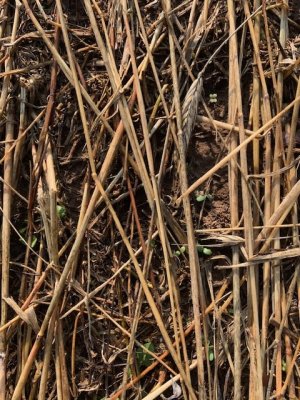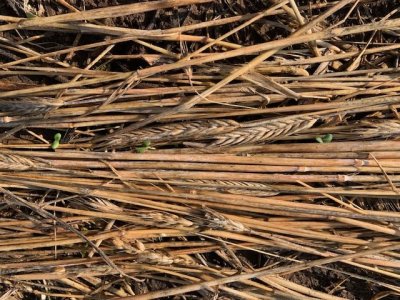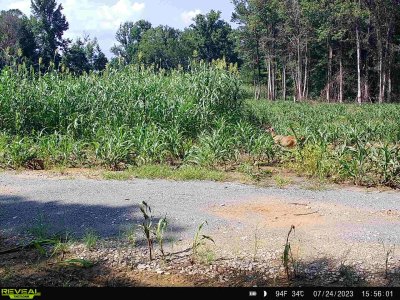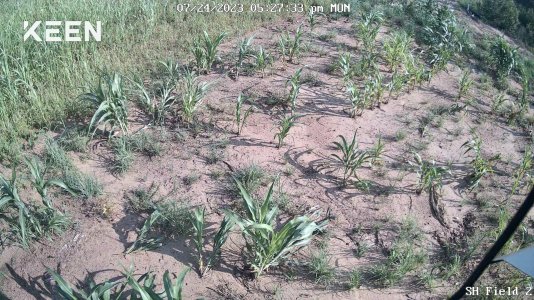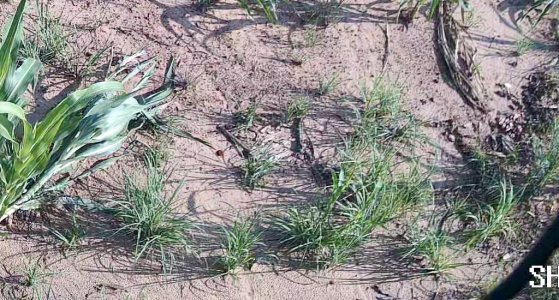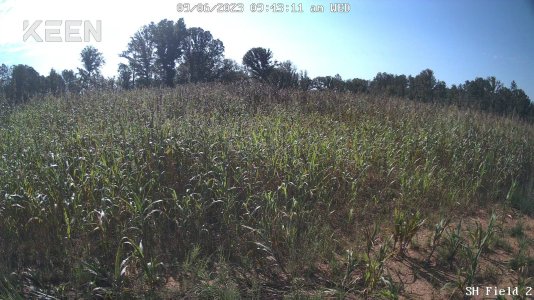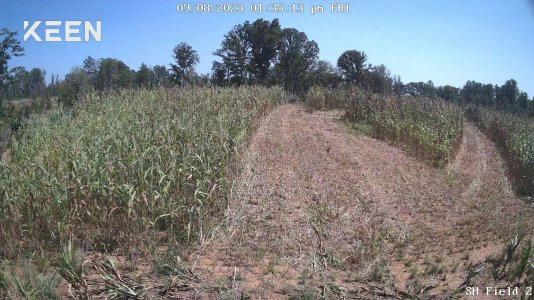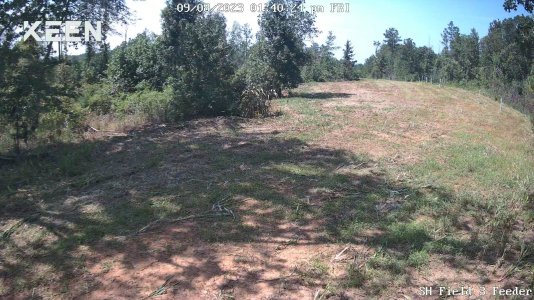I do it every year brokenbear....but I am not spraying to terminate the rye - that is done for when I roll it with my cultipacker. I use the herbicide to terminate the clovers, vetch and any other low lying weeds that I don't want competing with my next crop.
The rye in this cover crop was planted at about 100#/acre which I think gives me adequate thatch
View attachment 54937
I don't have a roller/crimper so I roll it with my cultipacker. It doesn't do as nice a job as a roller/crimper but it gets the job done. I plant brassicas in July here in Upper Michigan so this rye seed isn't viable yet and I don't need to worry about volunteer rye coming up with my brassicas. The rye is done after I crush it with the cultipacker and it isn't going to grow any more.
View attachment 54938
View attachment 54939
Last August I drilled rye into 3 acres of alfalfa in anticipation of rotating into brassicas there this year. I wanted to get a good kill with the first spraying and I didn't want to have to wait for maybe 4 weeks before I could plant again with something like 2-4,D which is residual in the soil. So I used Liberty - actually a generic Liberty - "Interline" which has the same active ingredient as Liberty (24.5% Glufosinate) but it has no residual, and costs quite a bit less than Liberty. I applied it at 1.4 quarts per acre in my sprayer. BTW, I drilled the rye into the alfalfa last year at only 75#/acre and it really wasn't thick enough - I think 100#/acre is about right.
View attachment 54940
It has a little different color than what I usually see in my herbicides...
View attachment 54941
This is 5 days after spraying and it killed everything flat out...except for a couple of strips I missed with the sprayer

I just mixed up a little Glyphosate and nuked those strips before planting the next day.
View attachment 54942
You will see a lot of rye, wheat or weeds sticking up some after using the cultipacker but within 3-4 weeks they are all laying down.
View attachment 54943
I got 3 acres planted before getting rained out so I headed for the barn and finished up another 3 /12 acres 2 days later.
View attachment 54946
These pics are from a previous year but you can see that the openers separate the thatch enough to get some sunlight to the soil and within a few days the brassicas are up.
View attachment 54944
Here they are about 3 weeks later. I mix 3-4#/acre of clovers in with the brassicas. You can't see them here as they grow down before they grow up, but in the spring they will be feeding my deer. I also broadcast rye over the brassicas 4 weeks or so after germination for the same reason - feed my deer in the spring and next summer, keep my soil covered, prevent weeds from taking over, etc, etc, etc. As the cover crop breaks down it puts nutrients back into your soil. This is my 8th year since going 100% No-Till and my second year of using zero synthetic fertilizers.
View attachment 54945
This works very well for me.
Bear

